Here's What Ukraine Needs in Missiles, Shells, and Troops to Win. It's Completely Doable
The Rand Blog
MAY 2, 2024
After two years of the Russia-Ukraine war with still no end in sight, NATO members have begun asking what it will take to turn the tide in Ukraine's favor. To fully expel Russian forces in the next two years, U.S. support and broad NATO investments will be required.




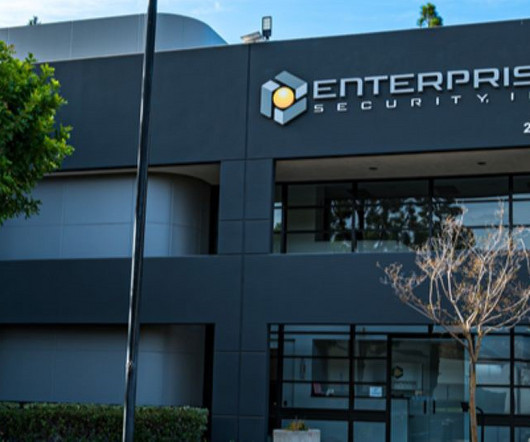

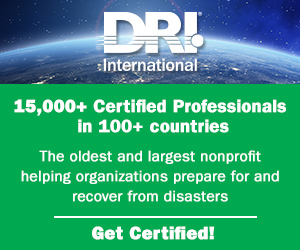


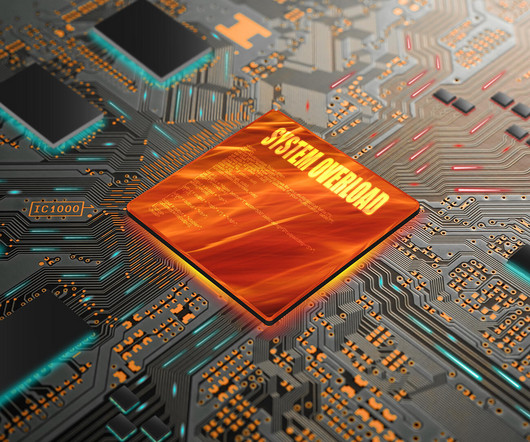

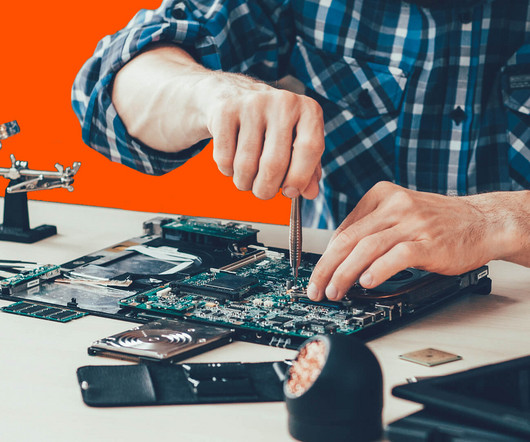


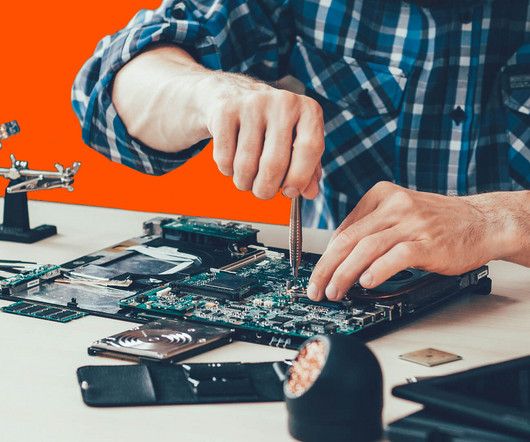

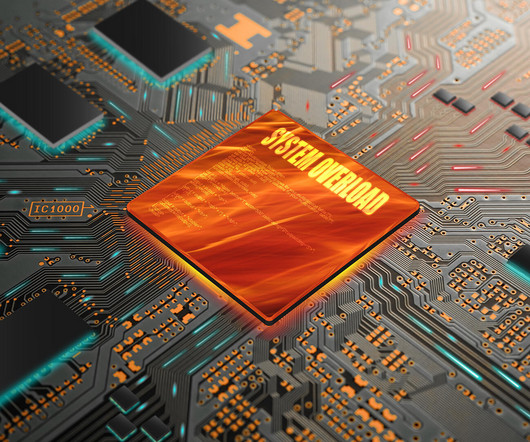






Let's personalize your content